Pets can get nervous and triggered during the stormy weather. Astraphobia is how we call it, the fear of thunder and lighting. It is common among dogs and cats but it may become a serious problem if ignored. If your pet is trying to escape, soiling inappropriately, barking incessantly, destructive, salivating, hiding and trembling, then your pet may be suffering from a storm phobia. Pets do not understand the storm and they only perceive it as a threat. They feel extra stress and fear with all the wind, lightning, thunder, static electricity and barometric pressure changes. Remember, pets have better senses than humans. They can feel low-frequency rumbles that only they can hear and can sense electricity in the air even before the arrival of a storm.

1. Be prepared
Condition your pet before it’s too late. It’s a best practice to be aware of the current condition in your location when you have a pet, so you can avoid high-risk days and prepare in advance. It’s a safe practice to have an emergency kit for your pet at all times ‘cause you never know when you’ll use it. With that in mind, have their medicines always ready and fully stocked or you may find the alternative remedies below.

2. Alternative remedies
Consider getting a noise-reducing cage or ear covers, especially if your house has not been soundproofed. Another option is to purchase an anxiety vest that fit just right around your pet’s torso. It creates gentle pressure that creates a calming effect and minimizes panic tendencies. Check your shelves for some stocks of Bach flower extracts, lavender oil and dog pheromones, which promotes relaxation.

3. Allow refuge
If our pets’ reaction is only moderate, only then we can ignore and proceed with our household chores. However, if your pet escapes and hides under the tables or inside the closet, you do not want to resist them from taking refuge. Ideally, your pet already has a safe corner they prefer themselves as they would do in the wild. You may heighten their fear by mistake and you’re putting them on alert by overdoing your protection. What you can do is calm them down, without over soothing, so as not to imply threat or insecurity. Move your pet in the most sound-proof room in the house, maybe a basement, their own crate, or in the bathtub.

4. Training
Training your pet can be successful with appropriate effort and repetition. According to a study, an effective measure is to do desensitization, by degrees, to loud noises or unfamiliar sounds. For starters, use thunder sounds with very low volume while giving them their favourite treats and offer positive feedback. Teach your pet to relax on their bed or to settle on their bed when introduced with these sounds. Remember to reward them with treats and positive remarks for good behaviour.

Fill their beds with toys and stuffed animals, including an interactive toy. Wickedball is the world’s first automatic interactive toy, which is suitable for both cats and dogs. It is tested on more than 100 different types of dogs and cats to challenge its durability. More importantly, it is easy to clean and is made from 100% safe-material. That’s one easy way to keep their minds off of the storm. For dogs, we have Wickedbone, to keep your dog distracted and mentally stimulated. TPU & FDA Certified, this toy is surely durable, safe and strong.

5. Give support
Pets need a companion in stressful situations and one of the best things you can do is to show your presence. Let them know that you love them, that you care for them and everything will be fine. Give them a cuddle, forehead rubs and kisses.

Let them hear your voice through Skymee Owl Robot, which allows you to talk and listen to your pet with a high definition, 2-way audio microphone.

6. Distractions
Your pet sees the lightning as fearful as the sound of the thunder, so be mindful of the blinds or curtains. Closing the windows can help cancel out the sound of the storm and may block out lightning strikes. Open your laptop and play some calming music. Susan Wagner’s “Through a Dog’s Ear” is a considerable option, designed especially for pets.

7. Get help from an expert
In some cases, pets will need anti-anxiety medications or sedation methods especially if they do not recover from panicking or if the situation results in an injury. Have a discussion with your vet which solution works best for your pet. You may be given an option to get them under therapy, which usually involves environmental and behavioural changes. As a last resort, the medication should be your last option if all else fail.

8. Patience
Finally, Be kind and patient to your pet. Understand that your pet knows little about the storm and it is something out of their control. It may require a lot of time and process but in the end, your pet will manage anxiety over storm phobia. More importantly, pets are, in a way, our furry babies that never grow up, so avoid improvising remedies and implementing punishment that may do more harm for your pet.
Now that you are prepared for the storms, dealing with storm phobic pets will be easier. Understand that different pet requires different care solutions. The most important thing is for you to carefully observe their reaction and gradually apply the aforementioned advice.





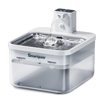





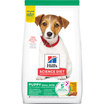


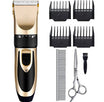
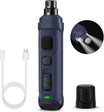

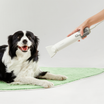
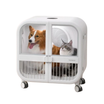

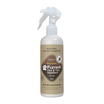
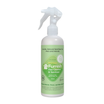
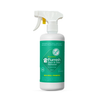
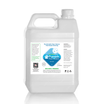
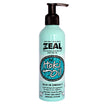
















Leave a comment
All comments are moderated before being published.
This site is protected by hCaptcha and the hCaptcha Privacy Policy and Terms of Service apply.